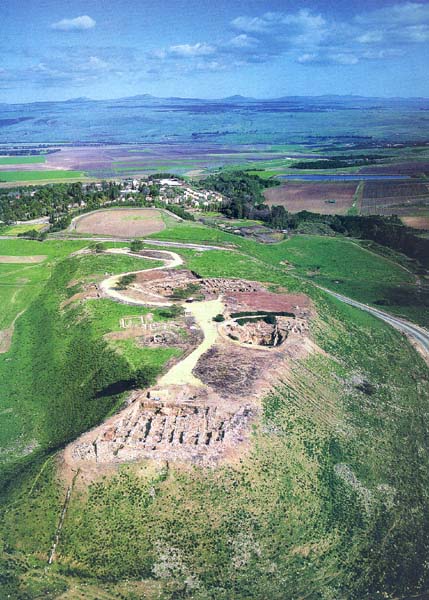Image Details

Duby Tal/Albatross
The four-room house writ large. The basic layout of the four-room house can also be found in Israelite tombs, administrative complexes and monumental buildings, such as the huge Iron Age II citadel at the west end of Tel Hazor. This building had many more than four rooms, but was laid out like a four-room house—with a long central courtyard on its upper story (see drawing) surrounded by rows of rooms on three sides. The same arrangement is found on the lower floor, except that in place of one central room were two long covered halls separated by a thick wall supporting the upper courtyard.
According to the authors, because the four-room house so well satisfied the Israelites’ sense of order, it became the “right” kind of design even for buildings having different purposes. Thus the universality of the design in Iron Age Israel is not to be found in its function—other shapes might function just as well for a citadel like Hazor’s, for example—but in the way it expresses the Israelite mindset.
